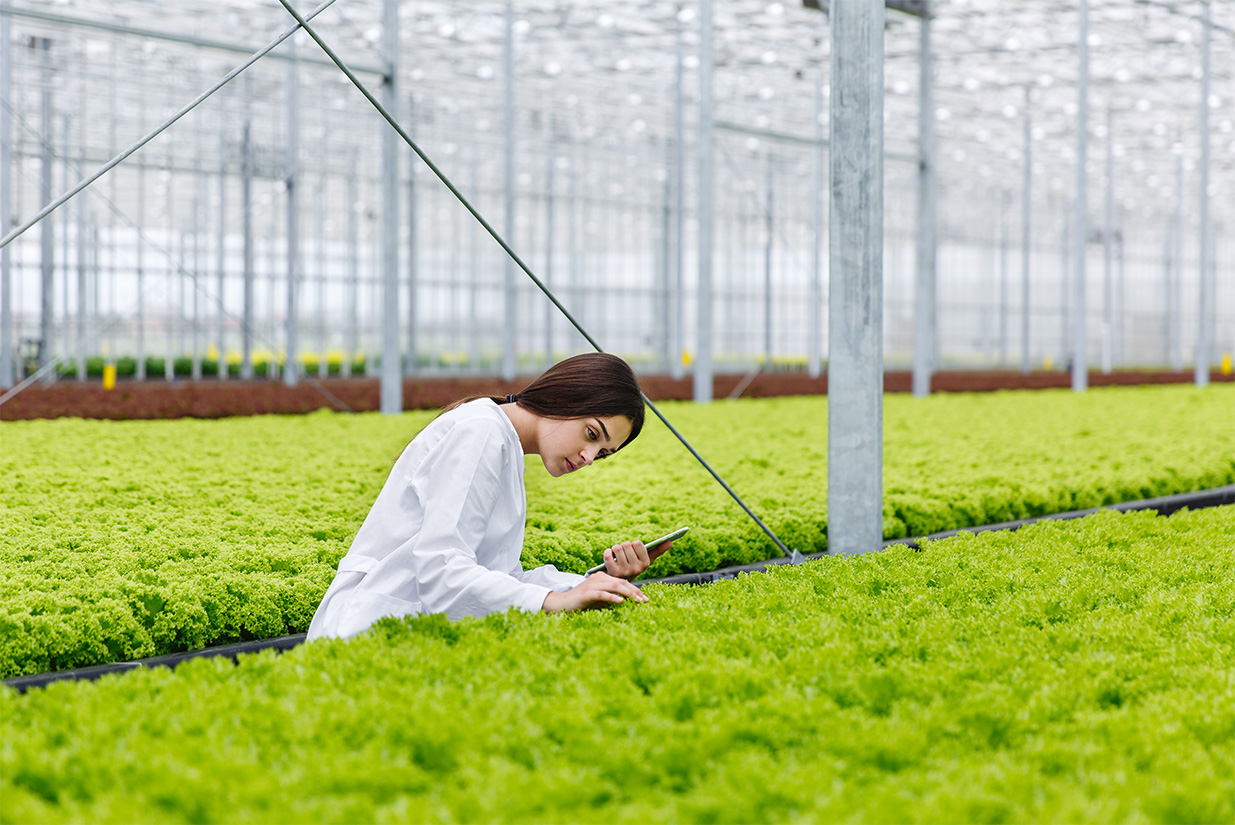Introduction
In our rapidly evolving world, where population growth and climate change pose unprecedented challenges to agriculture, innovative solutions are crucial. One such solution gaining traction is speed breeding – a cutting-edge technique that promises to revolutionize crop development and ensure food security for future generations.
Speed Breeding
Speed breeding is an advanced plant breeding technique that accelerates the process of generating new crop varieties. Traditionally, breeding a new crop variety can take years due to the need to grow plants through multiple generations to observe and select desired traits. This lengthy process is a significant bottleneck in agricultural innovation, especially in the face of changing climates and emerging pests. Speed breeding circumvents this challenge by manipulating light, temperature and other environmental factors to speed up plant growth and development cycles. By creating optimal conditions in growth chambers or specialized greenhouses, researchers can grow plants faster and induce them to flower and produce seeds more rapidly than in natural conditions.
Advantages
Speed breeding significantly shortens the time required to develop new crop varieties, enabling faster responses to evolving agricultural challenges. With the ability to cycle through multiple generations quickly, researchers can breed crops that are better adapted to changing climatic conditions. By producing resilient crops more quickly, speed breeding contributes to global food security, ensuring a stable food supply despite unpredictable environmental conditions. Speed breeding facilitates the exploration and utilization of genetic diversity within crops, potentially unlocking new traits that can benefit agriculture. Researchers are actively using this technique to develop crops with higher yields, improved nutritional profiles and resistance to diseases and pests.
Conclusion
Speed breeding stands at the forefront of agricultural innovation, offering a glimpse into a future where crop improvement is not only faster but also more precise and responsive to global challenges. As researchers continue to refine this technique and expand its applications, the potential benefits for food production and environmental sustainability.
Comments are closed.



